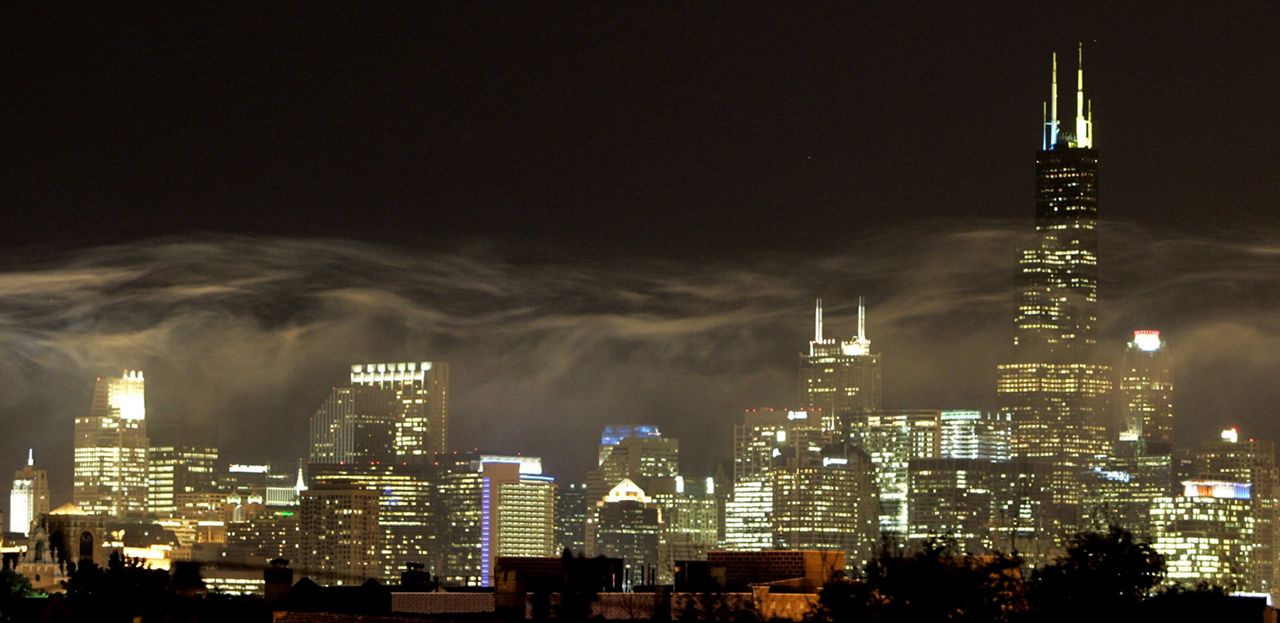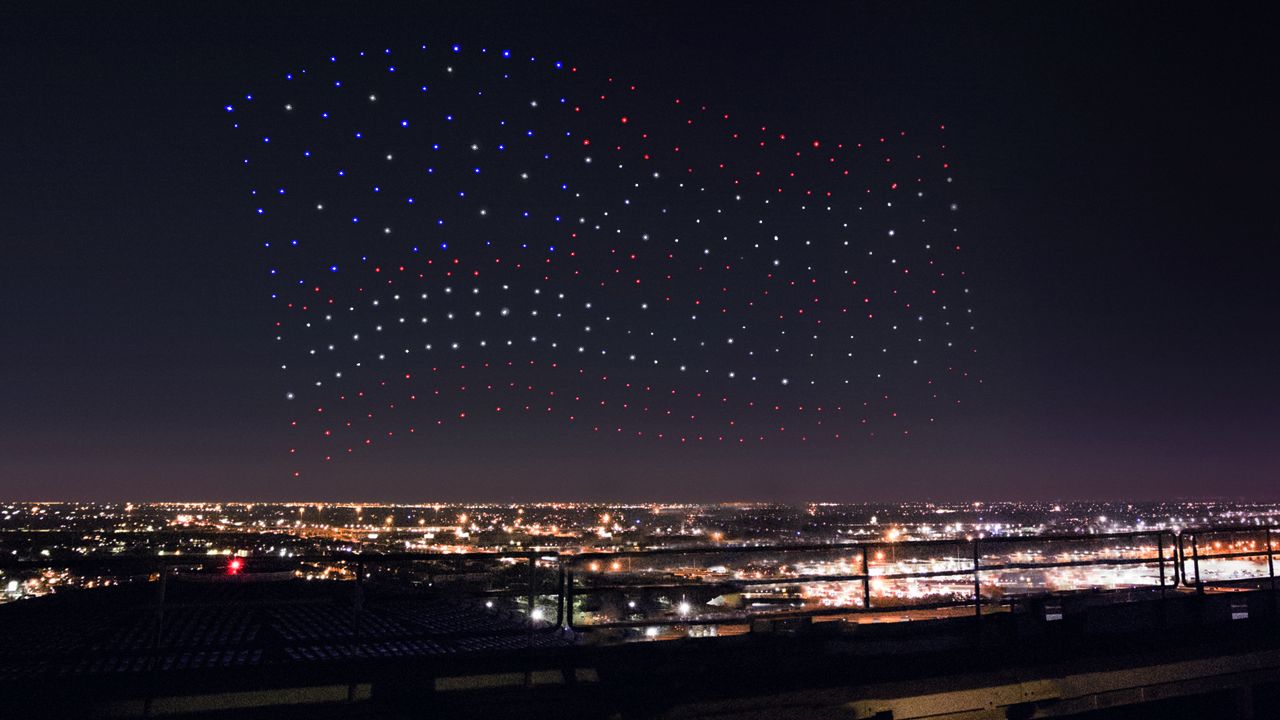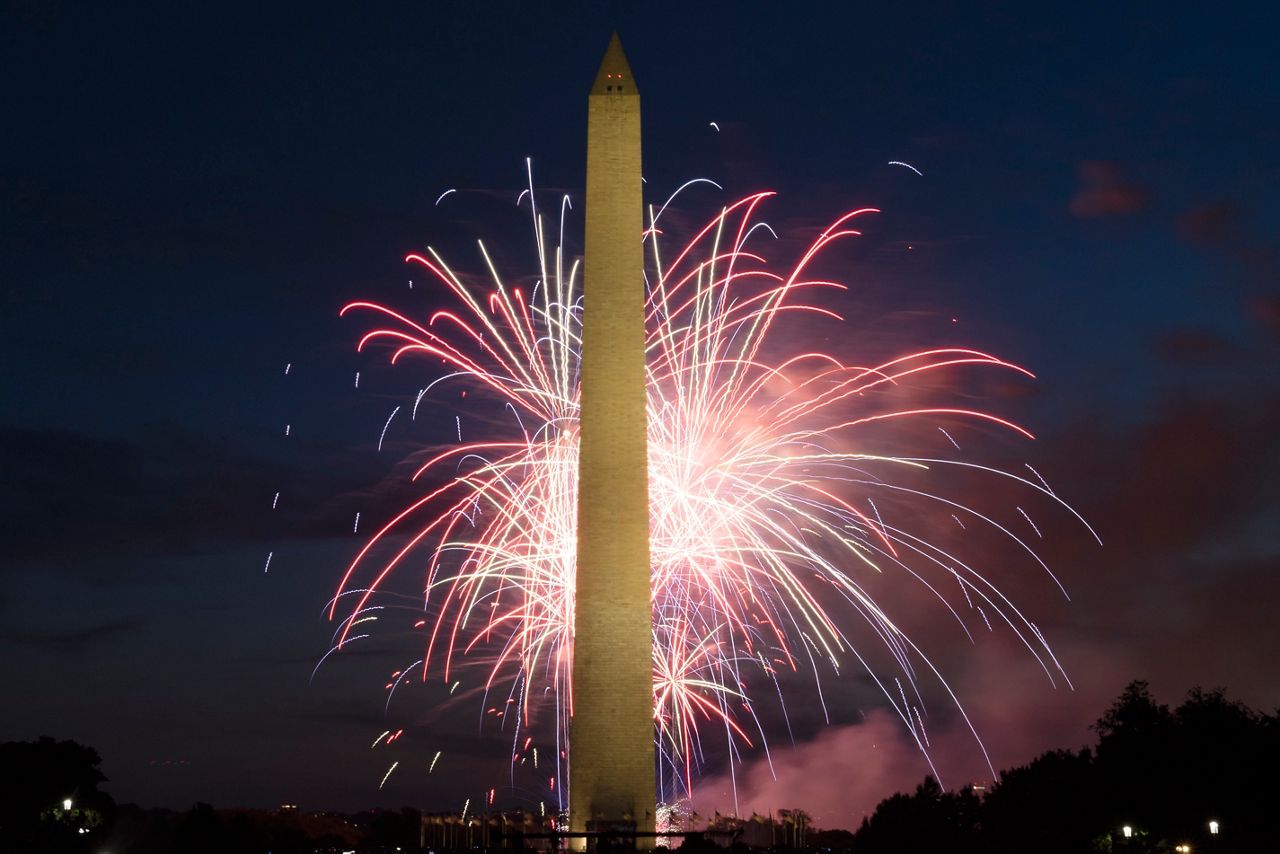Nothing says “Fourth of July” more than fireworks. After all, they are one of the longest held traditions of the holiday itself. But the unwanted health and environmental consequences that follow a pyrotechnic display are often overlooked.
Between drought conditions and air quality issues, now might be the time to reconsider the centuries-old tradition.
The Fourth of July is a holiday of traditions, and fireworks are the grand finale. Despite their all their beauty while lighting up the night sky, though, fireworks can take a toll on the environment.
According to the American Pyrotechnics Association, over 16,000 fireworks displays typically take place across the nation on Independence Day.
Fireworks explode over the Washington Monument at the National Mall during the Independence Day celebrations in Washington, D.C. on Monday, July 4, 2022. (AP Photo/Jose Luis Magana)
Between some parts of the country combating drought conditions and others dealing with unhealthy air quality, setting off fireworks will only seem to make matters worse.
Banning the highlight of the holiday itself could put a damper on celebrations and cause major upset to those looking forward to the event. However, more suitable alternatives are beginning to trend across the U.S.
Eco-friendly fireworks do exist
Despite their short time to shine, nothing beats the sight of fireworks lighting up the night sky, especially on the Fourth of July. The pyrotechnics are so mesmerizing that they often disguise the negative effects that follow.
In standard fireworks, two “explosions” occur: one launches the firework into the sky, and the second makes the stunning bursts of color that follow.
Both explosions are a result of a combustion reaction, usually involving gunpowder, an oxidizing agent, and for the second explosion, different metals that contribute to the color and sound of the boom.
Despite the beauty of the second blast, the byproducts released from the series of explosions are quite harmful to the environment.
Along with affecting wildlife, the near-ground smoke from pyrotechnics can significantly alter air quality in the hours that follow.

Smoke from fireworks lingers over the Chicago skyline in 2005. (AP Photo/Charles Rex Arbogast)
Attempts to create “cleaner” fireworks are out there but come at a greater expense.
With numerous fireworks shows per week, Disney invested in fireworks that launch via condensed air instead of gunpowder.
While the secondary explosion still releases unfavorable substances into the atmosphere, this approach eliminates the first explosion needed to launch traditional fireworks, reducing smoke and other byproducts released.
Another bonus? Launching with condensed air also sends the fireworks higher into the atmosphere, reducing the amount of fine particles circulating near the ground.
A quieter and cleaner approach
Standard fireworks come with hazards, even when the weather is ideal. However, when conditions are not ideal, the risks are enhanced.
Fireworks could be a problem in extremely dry areas; the embers that fall to the ground after their vibrant blast are known to spark new wildfires year after year, damaging homes and more.
In recent years, drought-stricken parts of the country were forced to skip their displays to prevent wildfires from happening. Even though the break from tradition may come as disappointment, some communities are opting for safer alternatives instead of fireworks.
Many places in the West continue to replace fireworks displays with LED drone shows instead.

Drones form an American flag during Super Bowl LI’s Halftime show on Feb. 5, 2017. (AP Photo/Business Wire/Intel Corporation)
LED drone shows eliminate the potential fire threat and air quality issues that immediately arise in the wake of a fireworks show.
In addition, drone shows come with less noise–at least to some extent. All booming and cracking sounds caused by fireworks will be replaced by the low humming buzz of hundreds of drones, which is barely detectable once the drones ascend high enough in the night sky.
However, most LED drone shows are still performed with music, so don’t worry about complete silence.
While choreographing and rehearsing the drone show itself may come with a higher price tag, it is a much more sustainable and safer route to consider. Not only is it better for the environment, but could also reduce the amount of damage and health impacts that fireworks cause.
Eliminating the use of old school fireworks may not go away entirely, but the transition to establish new Independence Day traditions is underway.
Our team of meteorologists dives deep into the science of weather and breaks down timely weather data and information. To view more weather and climate stories, check out our weather blogs section.

